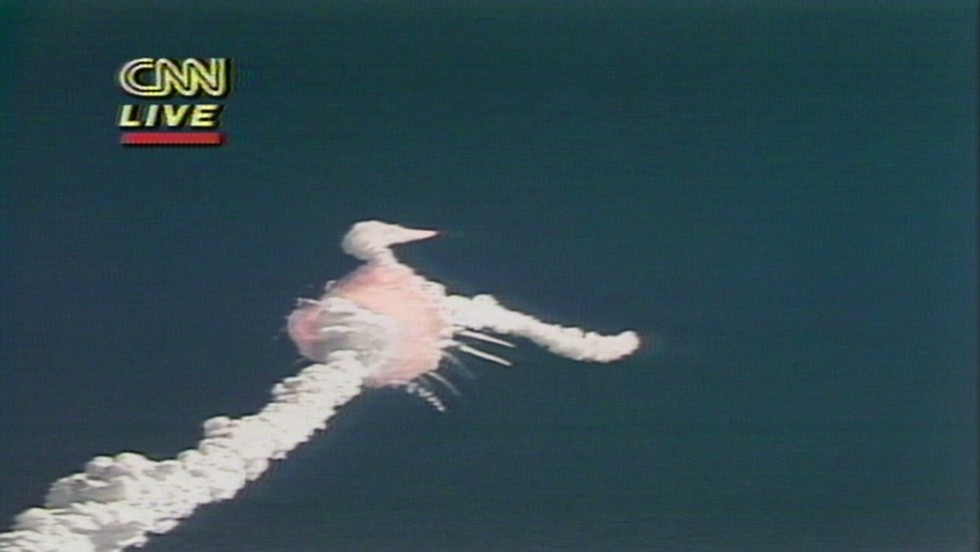

During liftoff, two rocket boosters were meant to provide the space shuttle with the necessary thrust. The government quickly launched an investigation into why the Challenger exploded. The country later learned that the seven astronauts aboard died. The camera panned down as streams of smoke plummeted toward the ocean. “Flight controller is looking very closely at the situation,” Nesbitt stated calmly. Suddenly, the camera went blurry and the screen filled with white smoke and flashing flames.Īfter a pause, the correspondent suggested the rocket boosters used during the launch had blown away from the spacecraft.
SPACE SHUTTLE CHALLENGER DISASTER OF 1986 UPDATE
Nesbit continued to update the positioning.

The Challenger arched in the sky, and the blazing back end of the engines filled the screen.

Viewers listened to the roar of the engines while Nesbitt described them as operating as expected. “We have liftoff!” the correspondent confirmed as the shuttle soared into the sky.Ī bit of static brought in Nesbitt’s voice as he noted the Challenger properly rolled, a technique used to reduce stress on the wings. Viewers heard the correspondent count down and saw the three main engines ignite. Networks like CNN alternated between audio from the excited correspondent covering the event and the calm voice of Steve Nesbitt, NASA’s public affairs officer at the Johnson Space Center in Houston. Millions of Americans were glued to their televisions on the morning of Januto watch the Challenger space shuttle launch from the Kennedy Space Center in Merritt Island, Florida.


 0 kommentar(er)
0 kommentar(er)
